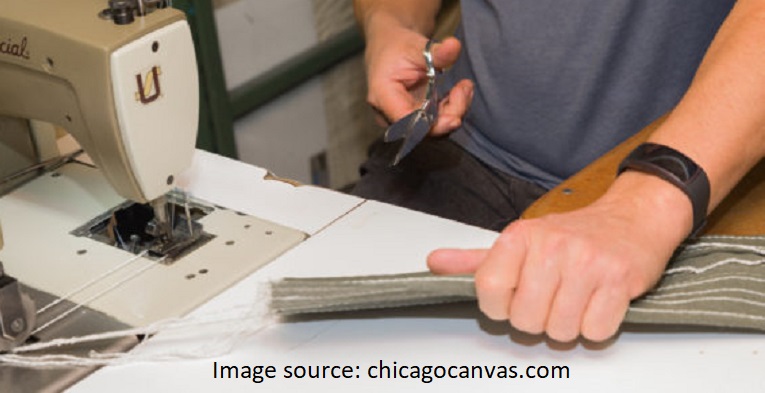Tarps are multi-purpose utilities, and all of us may have at least one heavy-duty tarp at our home or commercial space. The first point, it can help us save a lot of money and can also offer adequate protection to our valuables. There are many good reasons for you to ensure a longer life for your tarps. It is not ideal to buy tarps now and then as these do not come that cheap.
Also, remember that most of the materials used to make a tarp are not easily recyclable. So, make sure that you take every measure to extend your tarp’s lifespan by taking good care of it. So, the more likely you try to get more life out of your tarp, the better is on the plant and your wallet. So, to extend the life of your tarps, here are some pro tips.
Choose the best material
Tarps may age the discount stores, and local home depts may often be made from light-weight polyester material. These are largely inexpensive, as they may not last long. Spending a little more money on the industrial-grade heavy-duty tarps like the canvas 20×20 tarp may help you ensure a longer life to it. Of course, it may be more expensive initially, but the long-term return on investment will surely be higher than your need to buy tarps many times in a year or two. The materials available in tarps are:
- Canvas – Made of thick cotton, the untreated canvas tarps are ideal for covers, room dividers, and painting projects. Going a step ahead, tarps made out of treated canvas are water and fire-resistant.
- Clear PVC – These are transparent tarps, which are ideal for construction sites where it is important to get natural lighting inside. These are also ideal for creating walls on your deck, front porch, or walkways.
- Iron Horse Polyester – These are types of tarpsthat are stronger and waterproof than the canvas. There are no coatings on it, which may cause a stain, thereby being ideal for covering trucks, cars, etc.
- Mesh – There are different types of mesh tarps as polypropylene, polyethylene, and vinyl-coated, each serving various purposes. Mesh tarps will allow free airflow through the material, and they also help block UV rays, making it ideal for usage as privacy screens and sunshades, etc.
Store tarps at clean and dry
When not in use, you should always clean the tarp and dry it out in the sun. Once it is fully dry, fold it properly by giving some lining inside, and then keep it dry in storage space. You may consider storing it inside a plastic tube having a lid to eliminate the risk of moisture and also not allowing mice or insects to chew on it to create holes.
Also, do frequent inspections of your tarps and on finding any damages, repair quickly. While storing, you may try to put a thin coat of Canvas to make it more waterproof and also to prevent any mildew formation. Always ensure that you purchase the right type and size of tarps based on the need in hand to not make your investment wasted.

